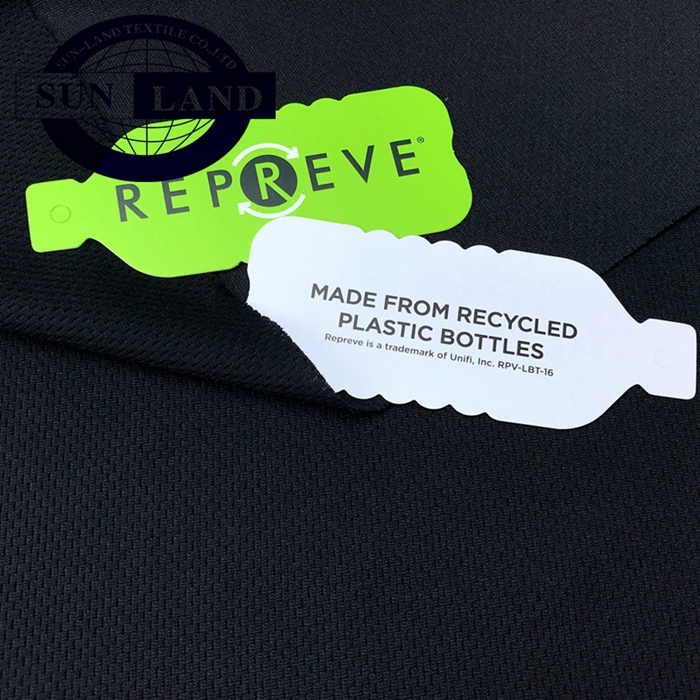The Revolution in Sustainable Textiles
The world of fashion and textiles is undergoing a remarkable transformation, with innovative materials like Recycled Repreve leading the charge towards a more sustainable and responsible future. As consumers become more environmentally conscious, the demand for products that align with their values has skyrocketed. No longer is sustainability a niche concept; it is a core expectation. This shift addresses the global challenge of plastic pollution by ingeniously transforming post-consumer waste, primarily plastic bottles, into high-quality, high-performance fabrics. This process not only diverts plastic from our oceans and landfills but also signifies a powerful move towards a circular economy where resources are reused and repurposed, breathing new life into what was once considered trash.
From Discarded Bottle to Desirable Fabric
The journey of a plastic bottle into a piece of performance wear is a fascinating feat of modern engineering. The process begins with the collection of used PET plastic bottles. These bottles are meticulously cleaned, sorted, and stripped of their caps and labels. Afterward, they are chopped into small, clean fragments known as plastic flake. This flake is then melted down and reformulated into small pellets called REPREVE chips. Through a process of extrusion and spinning, these chips are transformed into a continuous filament yarn. This yarn is the building block for a vast array of textiles, offering the same, if not better, performance characteristics as virgin polyester. The entire process is carefully monitored to ensure quality and authenticity, providing brands and consumers with the confidence that they are purchasing a genuinely recycled product.
Introducing a New Standard: The FC001 REPREVE Fabric
A stellar example of this technology in action is the FC001 REPREVE Birdseye Recycled Fabric from Sun-Land Textile Co. Ltd. This material is a testament to the fact that sustainability does not require a compromise on style or function. Its unique birdseye texture creates a subtle, dimensional pattern that is not only visually appealing but also enhances the fabric's breathability and moisture-wicking capabilities. This makes it an ideal choice for activewear, where comfort and temperature regulation are paramount. Imagine athletic shirts, shorts, or leggings that keep you cool and dry during intense workouts while also contributing to a healthier planet. The lightweight feel and impressive durability of the FC001 fabric ensure it can withstand the rigors of daily wear and athletic activities, making it a versatile and forward-thinking choice for modern apparel.
The Tangible Benefits of Choosing Recycled
Opting for fabrics made from Recycled Repreve offers a powerful dual advantage that benefits both the individual consumer and the global environment. For the wearer, it means access to advanced textiles that are soft, durable, and packed with performance features like moisture management and excellent color retention. For the planet, the impact is even more significant. Manufacturing fabric from recycled bottles consumes far less energy and water compared to producing virgin polyester from petroleum. It also drastically reduces greenhouse gas emissions, playing a crucial role in the fight against climate change. Every garment made with this innovative material represents a tangible reduction in plastic waste, turning a global problem into a sustainable solution that you can wear.
Weaving a Better Future, One Thread at a Time
The rise of recycled textiles is more than just a fleeting trend; it represents a fundamental shift in the apparel industry's mindset. It showcases a commitment to conscious creation and responsible consumption. By choosing products like the FC001 Birdseye fabric, consumers actively participate in a global movement to reduce waste, conserve precious resources, and steer the fashion industry toward a cleaner, more ethical tomorrow. It is a fashion statement that speaks volumes, demonstrating that style, performance, and sustainability can coexist beautifully. As this technology becomes more widespread, it paves the way for a future where our clothing not only looks good and feels good but also does good for the world we all share.



